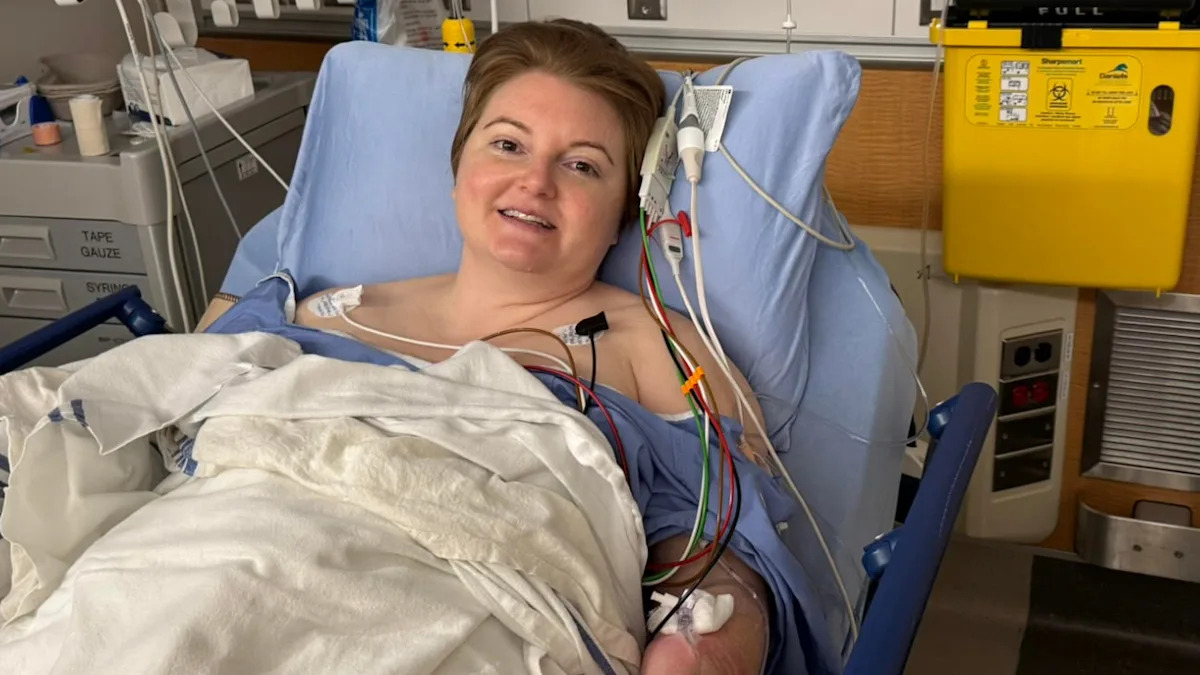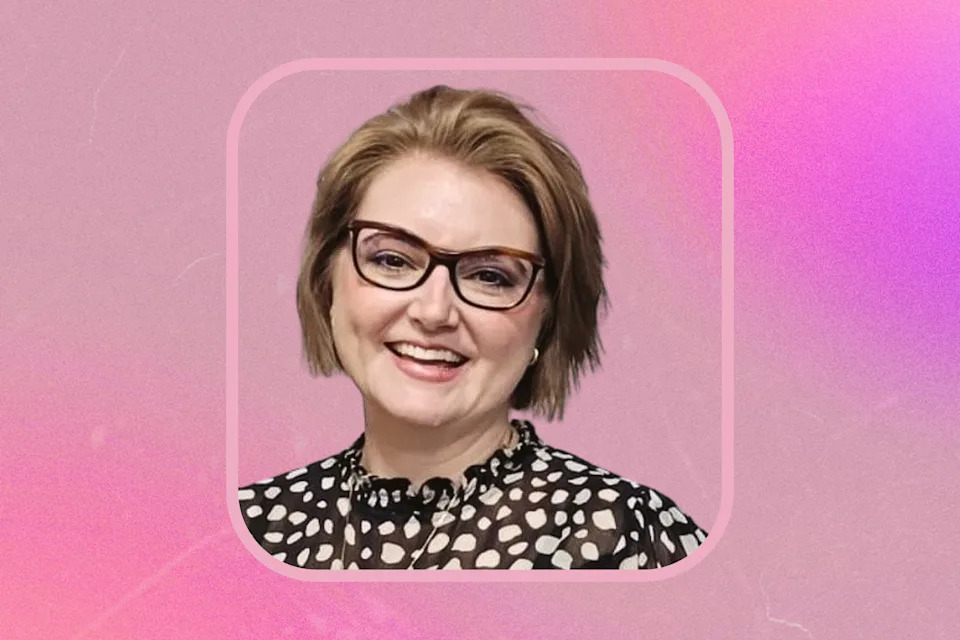
Emily Foucault can recall decades of her extreme pain being dismissed. After a hysterectomy, she’s now in a healing phase. (Photo illustration: Yahoo Canada)
For much of her life, Emily Foucault was called a hypochondriac, or “the sick one” by friends and family. It was a label given to her whenever she voiced the pain she experienced as a result of her periods.
“I started menstruating when I entered high school, which was a bit late,” the now-41-year-old Toronto resident told Yahoo Canada. “The pain started very early and progressively got worse. It was a stabbing, knife-like pain which radiated down the leg and to the back. There was inflammation, heavy periods and blood clotting.”
This article is for informational purposes only and is not a substitute for professional medical advice, diagnosis or treatment. Contact a qualified medical professional before engaging in any physical activity, or making any changes to your diet, medication or lifestyle.
At least once a year, the pain would become so intense that she would pass out. It then progressed to once every quarter. Over the years, other symptoms also came up, including vomiting during her period and suffering from severe migraines.
By 2020, at this point in her mid-30s, things came to a head. Foucault found herself in the ER multiple times. “I was collapsing from high blood pressure, and I had severe pelvic pain,” she recalled. “I also had hemorrhaging in my eyes.”
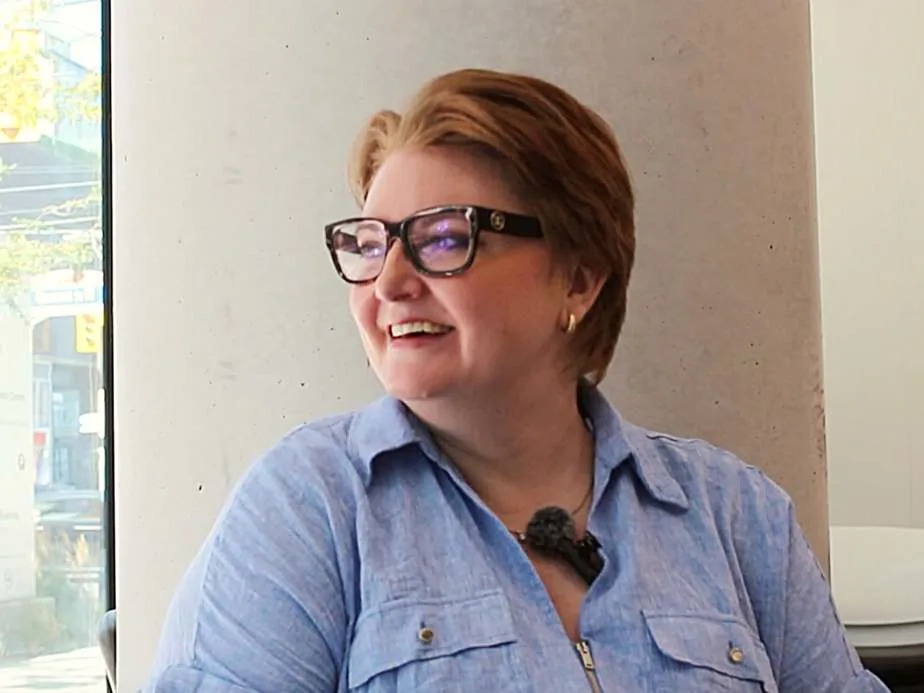
Emily Foucault at the CAMH campus, 1025 Queen Street West in Toronto, where she serves as a Patient Partner, September 2025. (Image courtesy of CAMH/Emily Foucault)
After years of having her symptoms not taken seriously, Foucault was finally sent for an internal medicine consultation. A series of transvaginal ultrasound results turned out to be what they called “unremarkable.” She said her doctor even gave her the OK to go on a meditation retreat for eight weeks.
At one point, her doctor reportedly told her they didn’t know what was wrong because her lab results were fine. “He said, ‘You’ll never get a medical diagnosis.’ How defeating. I bawled my eyes out in the car after I heard that,” she recalled.
Luckily, Foucault’s family doctor persisted. “She had me transferred to Mount Sinai Hospital, which has some of the top gynecologists in the country,” she noted.

Emily
It was there that the gynecologist said she suspected Foucault had endometriosis. But when the results of the ultrasound came back, Foucault finally had a definitive diagnosis: What she had been suffering from all these years was something called adenomyosis. That diagnosis came in 2022.
What is adenomyosis?
Adenomyosis is related to endometriosis, according to Dr. Michelle Jacobson. She’s an OBGYN, as well as the co-founder and chief medical officer at Coven Health, a virtual clinic offering expert, personalized health care for women’s hormone health concerns in Ontario.
“Endometriosis is when the lining of the uterus grows away from the uterus, so somewhere in your abdominal or pelvic cavity. So it might be growing in your ovary or in your bowels, on the lining of the abdominal wall,” she said.
Adenomyosis, on the other hand, means the same endometrial tissue — the lining of the uterus — is stuck like plasticine in the muscular wall of the uterus. “This impacts how efficient your uterus is at shrinking itself and stopping heavy bleeding,” Jacobson added. “It’s more circular or globular in the way that it looks. So the actual function and shape of the uterus is changed by adenomyosis.”
The condition makes the uterus more painful to touch, Jacobson noted: “Bleeding is heavier, and it gives a sensation of pressure. The lining growing in the wall makes the uterus swishy and soft and bad at contracting on itself. This leads to heavier periods and more pain.”
Yahoo Lifestyle Canada and Dove present ‘Real Talk: Menopause,’ a stigma-breaking series that delivers knowledge and support to women when they need it most.
‘I trusted the wrong people’
Amid her declining health, Foucault shared she feels she had to cut off a lot of her dreams and aspirations. “In 2002, I was the only Canadian on a U.S. dance tour for two years. That ended early because of pain and fatigue and the fact that I couldn’t trust my body,” she recalled.
Another similar incident happened in 2017. Back then, she started a successful marketing agency and curated it to work around her physical needs, but it was taken from her after she stepped back in 2021 to focus on her health: “I trusted the wrong people; there were a lot of disappointments.”
From medical specialists, it was more of the same dismissive comments. “We can’t find anything; it’s all in your head,” kind of attitude, she noted, adding she’d even be misdiagnosed with conditions like fibromyalgia.
It was only her family doctor who wouldn’t quit on her: “She kept pushing and saying she thought it could be endometriosis.”
According to Jacobson, there are a lot of women who don’t have their symptoms taken seriously, much like Foucault. Jacobson added it’s a real problem in the Canadian health-care system.
“There’s a huge delay from the time when women recognize they’re having symptoms, going to their primary care practitioner to talk about those symptoms, having those symptoms believed and not just told that they’re normal, getting referred to a specialist, waiting to meet that specialist and then on top of that, not all specialists are going to be good at recognizing what’s going on,” Jacobson said.
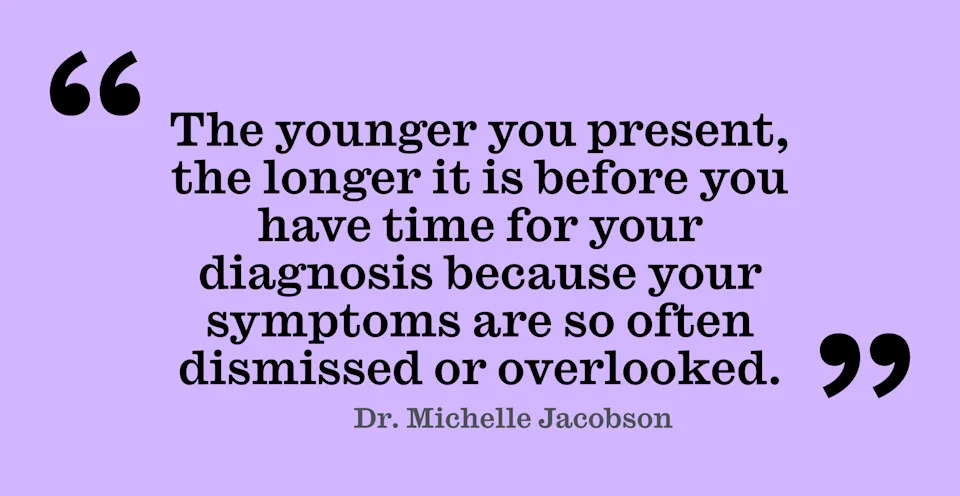
Dr. M Jacobson
It can take years — as it did in Foucault’s case — for a woman to get the correct diagnosis. But Jacobson shared, “The younger you present, the longer it is before you have time for your diagnosis because your symptoms are so often dismissed or overlooked.”
When a woman is younger, she can’t be offered definitive treatment, Jacobson added. “Not much can be done when you’re younger because perhaps you haven’t finished childbearing yet. Or, you may be new to getting periods, so it may be seen as normal and something you have to get used to, so there’s a longer time to diagnosis.”
Jacobson said it’s only as a woman gets older and her symptoms worsen — or she’s better at advocating for herself — that they eventually get diagnosed.

Emily Foucault underwent a hysterectomy at Mount Sinai Hospital in Toronto in July 2025. (Image courtesy of Emily Foucault)
There is no average age of diagnosis for adenomyosis because many of the symptoms women struggle with are so vague, according to Jacobson. “If you say you have heavy painful periods, that could be because you have heavy, painful periods — or because you have adenomyosis.” She said only specific imaging or surgery would spark a diagnosis.
“Until you want to do something either permanently about it, or you want to take medication to treat the symptoms, nothing is done because you still need to keep your uterus until you’re done with it, or you may not be able to take medications if you’re trying to get pregnant,” she said. “So the care is so individualized to the different time in your reproductive life.”
‘Being hormonal was used against me’
When Foucault finally got her diagnosis in 2022, she said she felt immensely relieved. It also came with validation.
“For so long I was called a hypochondriac by the people closest to me. Being hormonal was used against me,” she shared. “I also wasn’t able to thrive in life, and then to be dismissed by so many doctors’ offices, it felt like I was the ‘complicated one’ who didn’t fit the system.”
There was also a sense of liberation and empowerment that came with the diagnosis, especially when she was placed in early menopause. Stopping the periods meant stopping the pain.
“I have never wanted kids,” she said. “My whole adult life I’ve been asked, ‘Do you want kids?’ and, ‘When are you having kids?’ And I’ve always said no. Not because I’m broken, but because it’s not on my list of joys.”
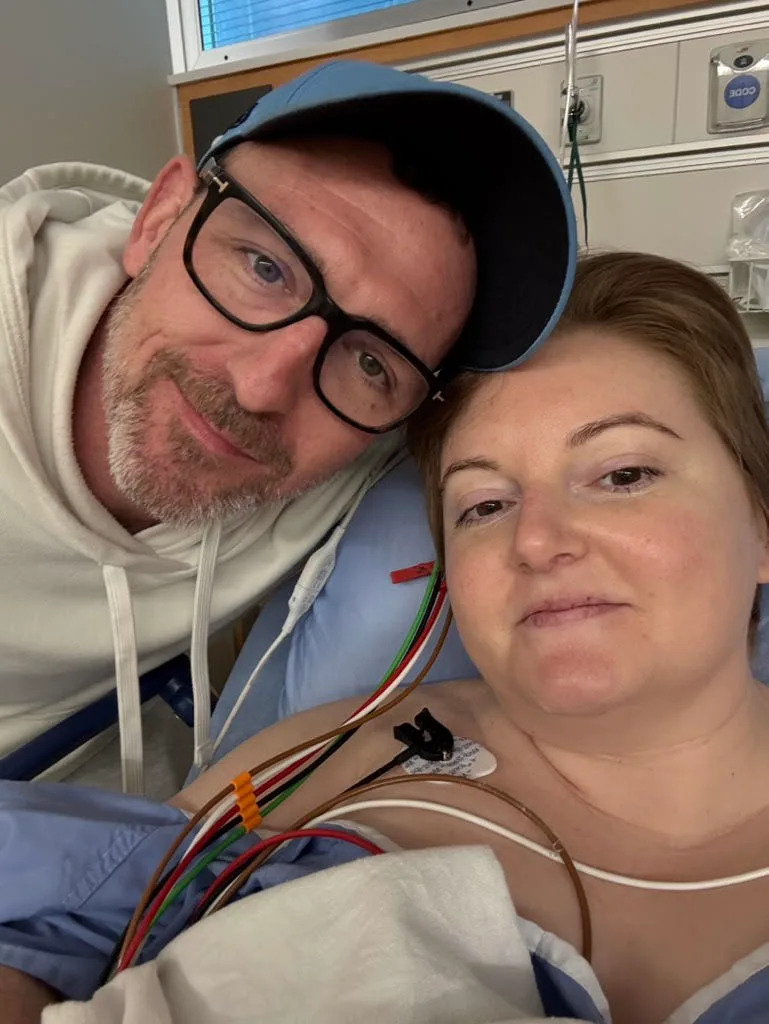
Emily Foucault with partner Peter Leahy at Mount Sinai Hospital in Toronto, shortly after her hysterectomy in July 2025.
The rage on her treatment journey had a lot to do with having to repeatedly justify to medical professionals that she didn’t want children. “I can even count how many times my decision was dismissed by a doctor or a medical professional,” she shared.
Adenomyosis is difficult to diagnose because for years, doctors thought the only and best way to diagnose was to remove the uterus and look underneath a microscope. That might be the definitive way to reach a diagnosis, Jacobson noted, but there are other ways to come to a conclusion nowadays.
“Now, we’ve got ways to pick it up more on imaging so we can be more confident that someone has adenomyosis,” she explained. “Now, on an ultrasound or certainly on an MRI, you see that there is a poor differentiation between the lining of the uterus, the endometrium, and myometrium, and that poorly-defined functional zone is the hallmark of adenomyosis on imaging.”
‘I’m in a much better spot now’
Foucault was put on hormone replacement therapy (HRT), and it immediately stopped her pain. But there were drawbacks to using HRT too: “The hormone treatment triggered bone loss. I have osteoporosis in my hips and knees,” she said.
HRT also kickstarted her hysterectomy, something Foucault got earlier this year. In surgery, her health-care providers also ended up finding endometriosis on the kidney.
But now, Foucault is in a healing phase. “I haven’t had my post-op yet,” she said at the time of our interview. “I’m still struggling, but I’m way more hopeful. I’m in a much better spot and there’s much more positivity where I am now.”
Foucault has turned her experience into advocacy. For the past year now, she’s been a patient advisor with the Canadian Association of Mental Health, the University of Toronto’s Department of Family and Community Medicine, the Canadian Institute for Health Information and the Canadian Immunocompromised Advocacy Network. It was something she did on the advice of her family doctor. “It was a full-circle moment when I started in this role,” she shared. “The feeling that my voice is worth something.”
Let us know what you think by commenting below and tweeting @YahooStyleCA! Follow us on Twitter and Instagram.

